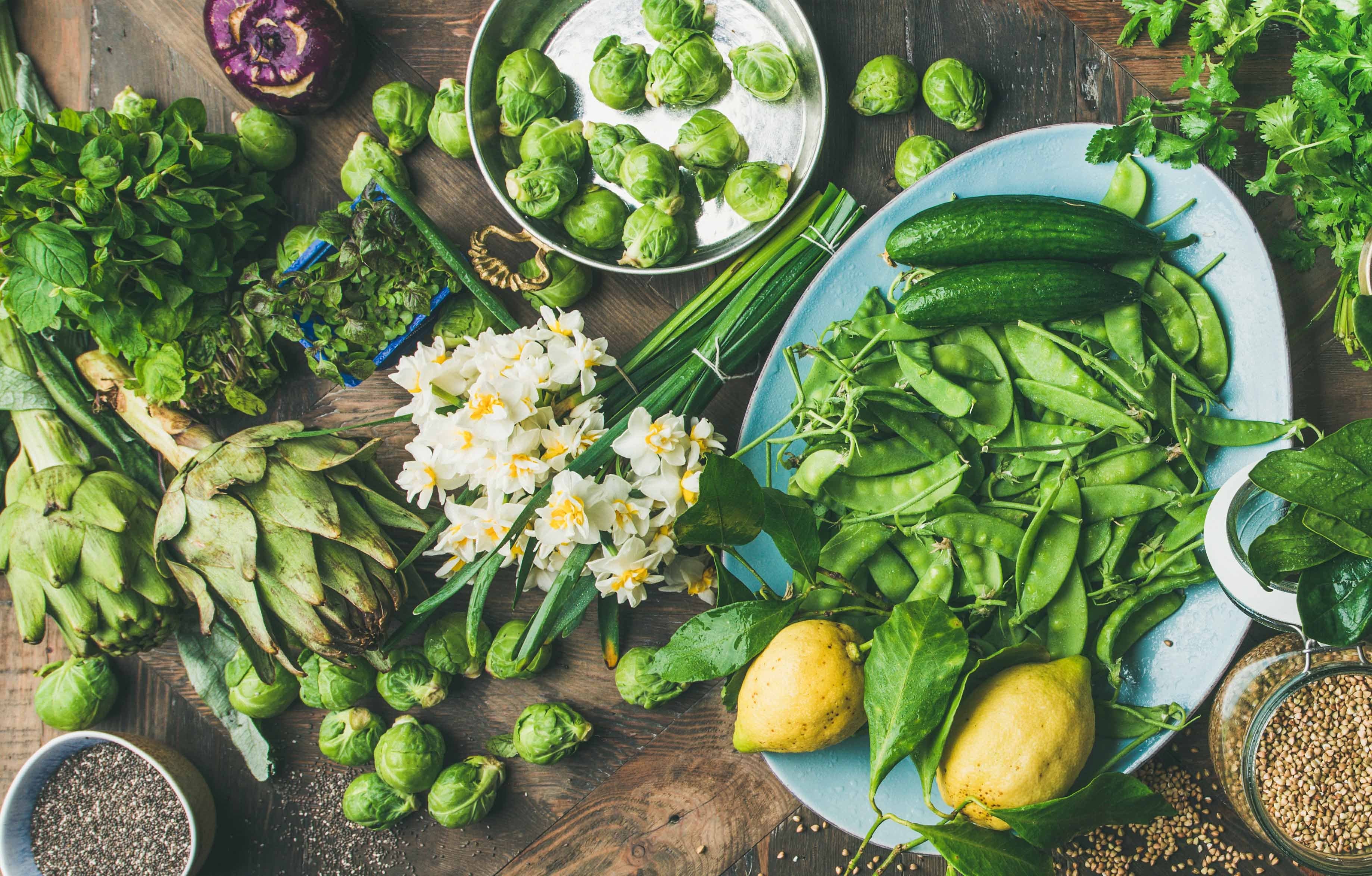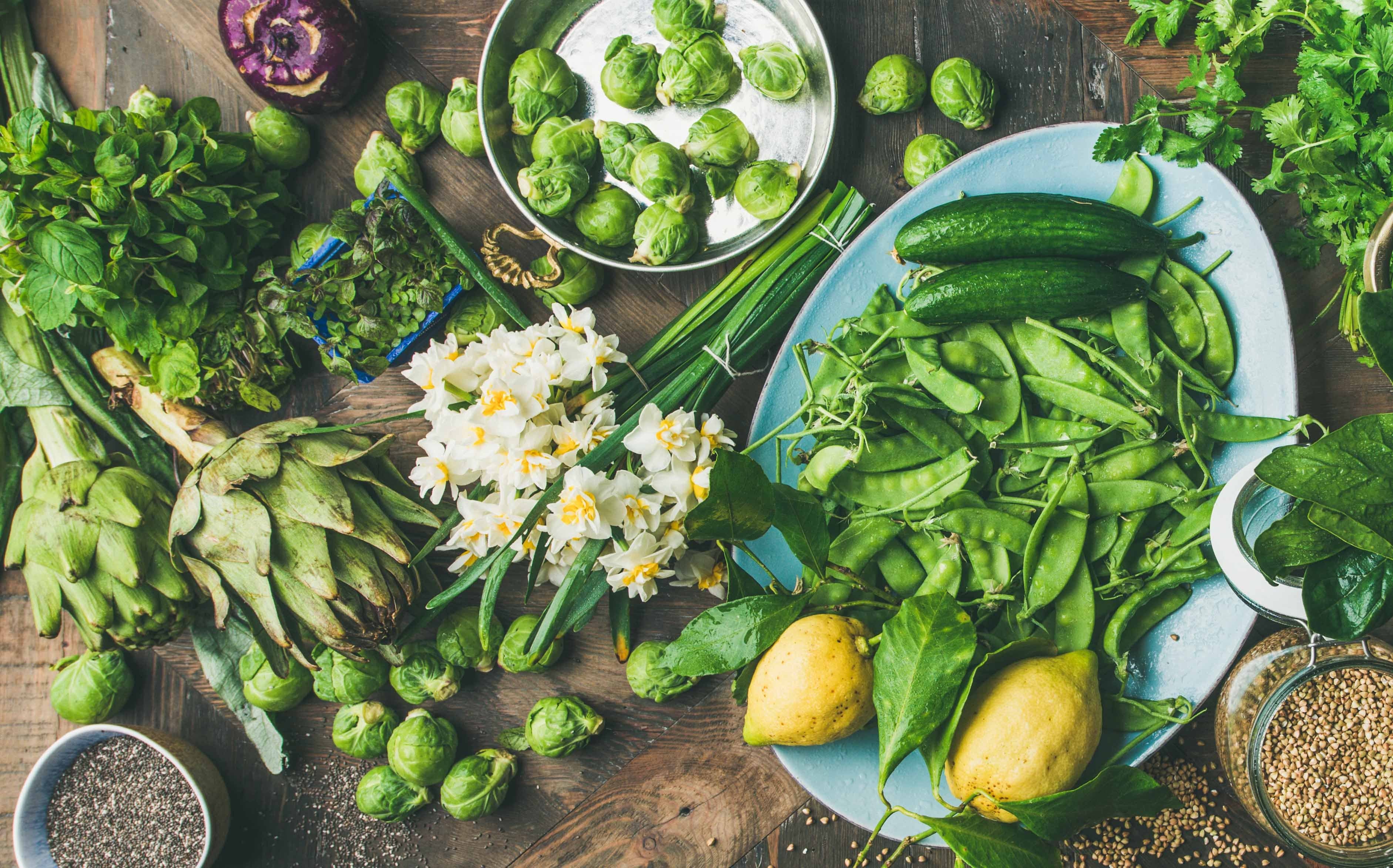Early spring seasonal produce guide


Spring is in the air! This means seasonal produce is beginning to make the shift from hardy winter squash, kale, and turnips to delicate baby beets, new potatoes and radishes! From sea to shining sea, this spring seasonal produce guide is organized by region and lists all the fruits and vegetables that will be locally available throughout April.
Why shop for local produce?
Buying locally grown fruits and vegetables—whether it’s from the grocery store, the farmers market or through a weekly CSA delivery program—is a simple yet effective way to economically support your community and Canadian farmers while decreasing your carbon footprint. Adventurous home chefs can look forward to shopping at farmers markets in order to find local produce that may be less familiar; check with the vendor for the best cooking and prep tips if you’re working with the ingredient for the first time.
Central Canada
- Apples
- Rhubarb
- Beets
- Cabbage
- Carrots
- Mushrooms
- Red and yellow onions
- Potatoes
- Rutabaga
- Squash
- Sweet potatoes
- Chicory lettuce*
- Celery root**
- Leeks
*The chicory lettuce family includes endive, radicchio, frisée (curly endive), dandelion leaves, escarole, and many other heirloom varietals. Hardier than leaf lettuce but more delicate than kale or cabbage, chicory lettuce makes a beautiful addition to any salad plate. Chicory lettuces tend to fall on the bitter side which makes them well-suited for boldly seasoned vinaigrettes, strong cheeses, toasted nuts, and citrus fruits.
**With its strange appearance and subtle, slightly nutty flavour, celery root—also known as celeriac or knob celery—is ideal for roasting until soft and creamy on the inside, puréeing into delicate soups or finely dicing and adding to a turkey or vegetable hash.
Atlantic Canada
- Apples
- Fiddleheads*
- Garlic
- Mushrooms
- Potatoes
- Turnips
*Fiddleheads are the tightly curled fronds of ostrich ferns, a fern named for the fact that its uncurled fronds resemble ostrich feathers. With a flavour that has been described as a cross between green beans, asparagus, and okra, fiddleheads are commonly used in soups, sautés, egg dishes, and in stews. Due to the risk of foodborne illness, Health Canada recommends cooking fiddleheads in boiling water for 15 minutes or steaming for 12 minutes before eating.
Western Canada
- Rhubarb
- Cabbage
- Carrots
- Kale
- Leeks
- Mushrooms
- Radishes
- Sweet potatoes
- Red and yellow onions
- Parsnips
- Baby salad greens
- Burdock root*
- New potatoes
*Keep an eye out for young burdock roots in farmers markets or CSA programs during the early spring (older roots are not suitable for eating). Delicately earthy and sweet, burdock roots are long and thin and must be peeled before eating. Use a mandolin or sharp knife to cut burdock roots into strips for stir frys, crunchy slaws, and grain salads or pilafs.
